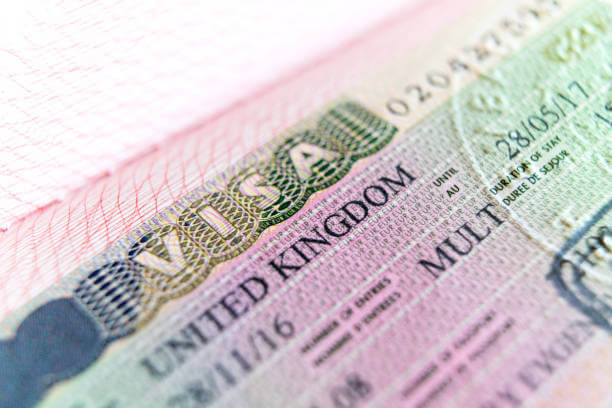When you are seeking immigration to the United States as the spouse of a U.S. citizen or permanent resident, you must navigate a detailed and sometimes complex process. This guide explains, step-by-step, what you need to do to get a spouse visa with sponsorship, including what you need to know about requirements, forms, fees, and procedures.
Visas for spouses
Generally, spouses are eligible for two types of immigrant visas:
- Visa IR1/CR1: For spouses of U.S. citizens. Visas for immediate relatives (IR1) are issued to couples married longer than two years. Visas for conditional residents (CR1) are granted to couples married less than two years.
- An K-3 visa enables a spouse of a U.S. citizen to enter the U.S. while they wait for their immigrant visa petition to be approved. Due to improved processing times for IR1/CR1, this visa has become less commonly used.
Steps involved with the application process
- The Petition must be filed in the following manner:
- In order to obtain a green card for an alien relative, citizens or permanent residents are required to file Form I-130 with INS (U.S. Citizenship and Immigration Services), which establishes the relationship between the citizen and alien relative.
- You must provide supplementary information for your spouse living outside the U.S. on Form I-130A.
- National Visa Center (NVC) Processing:
- The NVC receives the approved petition, assigns a case number, and starts the further processing process, including the collection of fees and supporting documents, such as the Affidavit of Support (Form I-864).
- The Consular Process:
- When a spouse does not live in the United States, the next step is to apply for consular processing at a U.S. diplomatic mission or consulate. As part of this process, you must submit the Immigrant Visa and Alien Registration Application form, Form DS-260, and you will need to attend the interview for your visa.
- Examination by a physician:
- A visa interview requires a medical examination by a panel physician and the receipt of vaccinations.
- In-person visa interview:
- Interviews are required for applicants and petitioners at the U.S. Consulate or Embassy. As part of the consular officer’s review of the application and supporting documents, a series of questions will be asked to determine the validity of the marriage.
- Issuance of the visa and approval:
- When the spouse’s application is approved, they will receive an immigrant visa (IR1 or CR1) and be able to travel to the United States. The green card will be mailed to the U.S. address of the new resident once they become permanent residents.
What you need to submit and what the fees are
Documents you will need:
- Documents verifying U.S. citizenship: Passports, birth certificates, naturalization certificates, or green cards.
- An official marriage certificate is proof that a couple is married and that their previous marriage has been terminated.
- Financial proof of the petitioner’s ability to support his spouse (Form I-864)
There is a $535 filing fee for the Form I-130
- A fee of $1,140 is required if you are adjusting status inside the U.S.
- The biometric fee is $85
- The cost of medical exams and vaccinations varies from country to country and provider to provider.
A conditional residence may be removed after a certain amount of time
A conditional green card can be issued for two years to the spouse if the marriage is under two years old at the time the visa is issued. You must file Form I-751 within 90 days of the expiration date of your card to remove these conditions. If resident status is not maintained, it can be revoked.
Rights and Protections
Spouses should be aware of the rights and protections available to them in the U.S., in particular those that pertain to domestic violence, sexual assault, and abuse of children. Informed and protected spouses attend the visa interview by reading the “Rights and Protections” pamphlet and discussing these topics.
Conclusions
In order to apply for a spouse visa, you need to fill out many forms and pay several fees. It is possible to successfully file for immigration with careful preparation and knowledge of the requirements. Whenever possible, consult official resources such as the USCIS and official websites of the Department of State.





